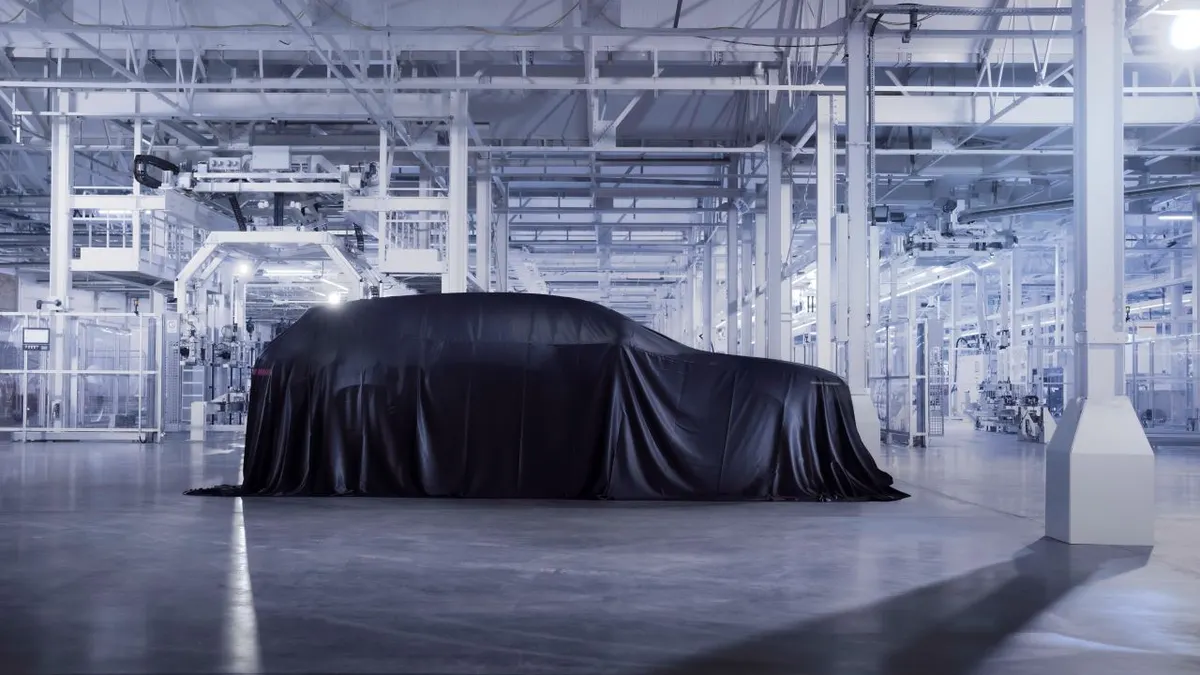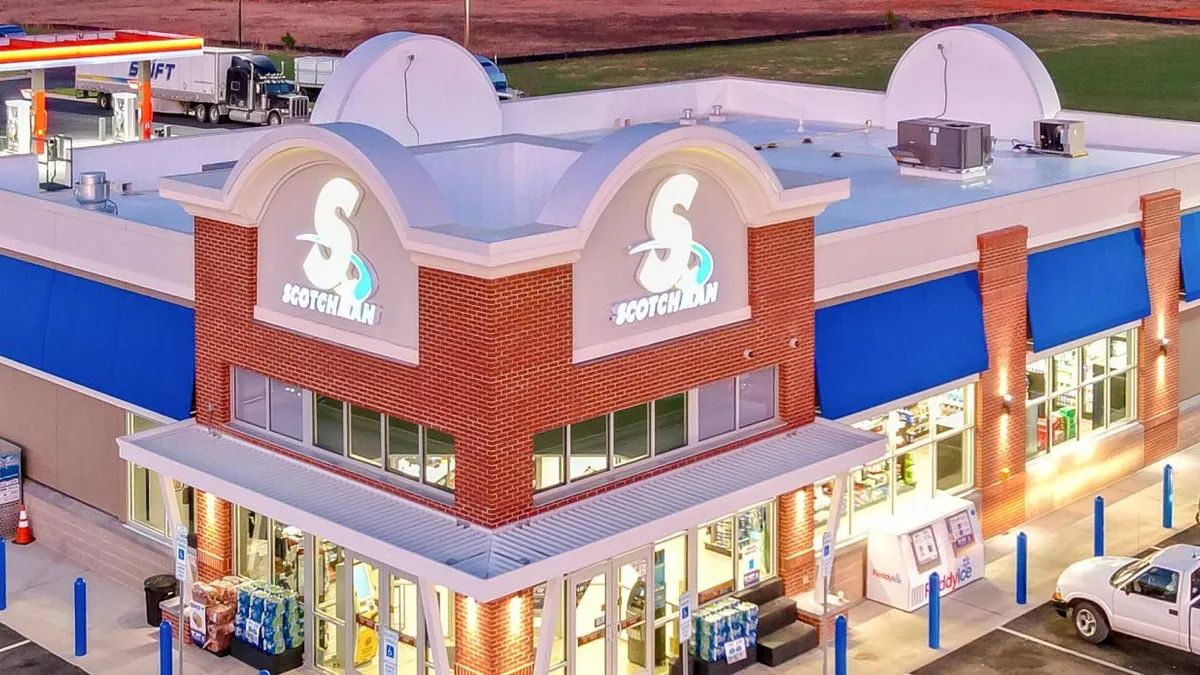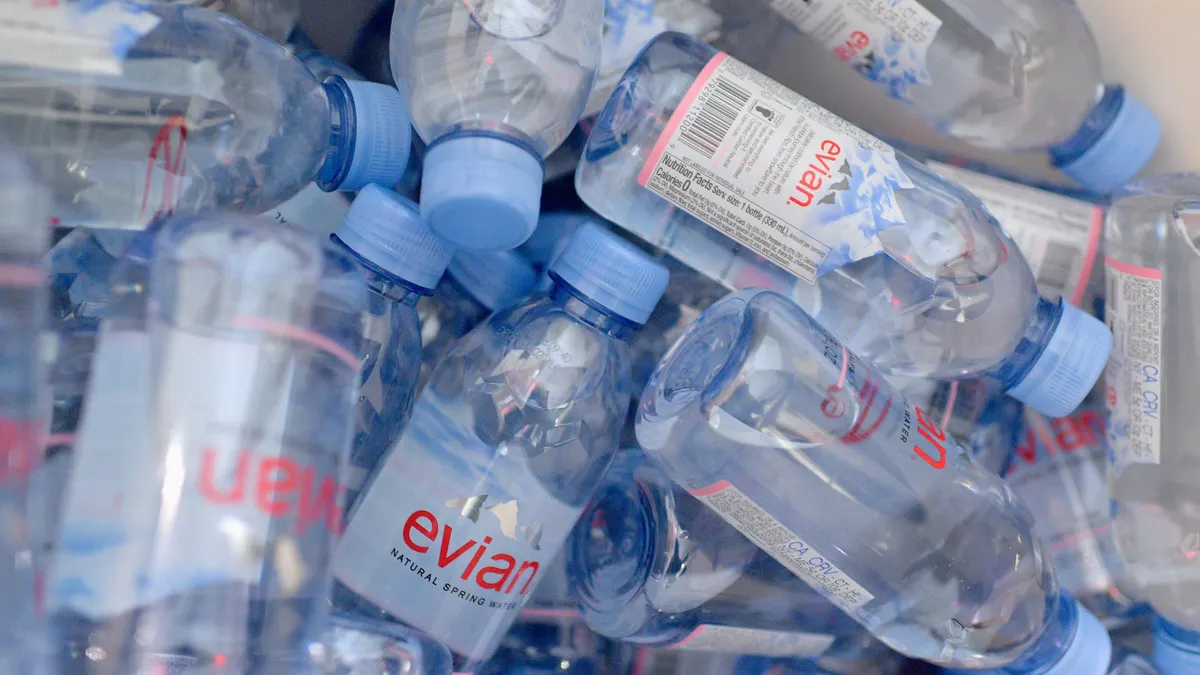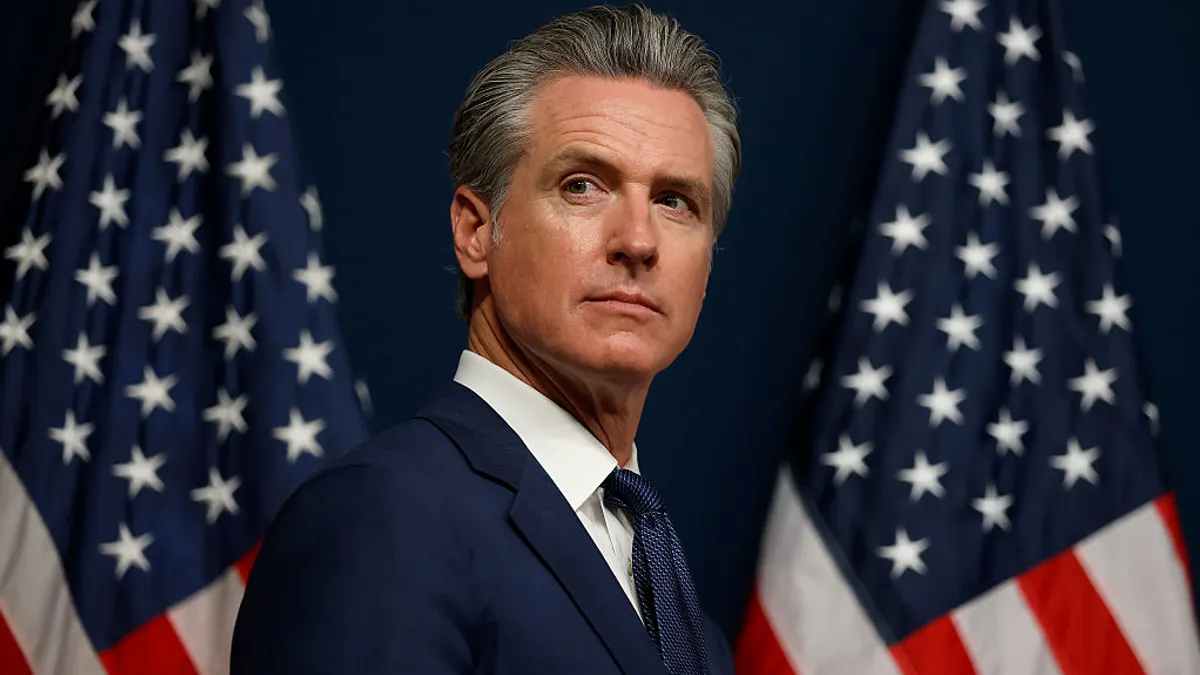Homium — a homeownership financing firm that provides shared equity loans for down payments or home upgrades — hired Marcus Martin, U.S. Bank’s former head of ESG advisory and digital assets, as its new chief impact officer earlier this month.
At U.S. Bank, Martin helped launch several ESG-related initiatives, including an ESG/social racial equity bond program. Homium CEO Tommy Mercein said Martin “will be instrumental in advancing Homium's goal of sustainable homeownership initiatives that bring lasting community wealth through expanding access to fair and affordable homeownership nationwide."
After working with Homium as an unofficial advisor for the past several years, Martin called the chance to join the company a “once-in-a-lifetime opportunity.” ESG Dive recently interviewed the newly-minted chief impact officer to understand how Homium’s home equity products work for homeownership and modernization upgrades.
Editor’s note: This interview has been edited for length and clarity.
ESG DIVE: Tell me a little bit about your background and why Homium. Why now?
MARCUS MARTIN:
I've been fortunate to continue to iterate further and further towards driving capital markets and market-based solutions into critical sustainability challenges in the U.S., both environmental and social.
When we think about the last four or five years, particularly, we think about just the appreciation of the price of housing versus wage growth, as well as the introduction of opportunities like the greenhouse gas reduction funds and other climate related challenges, the Homium product really became kind of a cornerstone in my mind. [The country could look at the product] in terms of leveraging financial tools of dignity to provide access to homeownership, to unlock trapped equity for small business, to unlock trapped equity for weatherization and solar financing. I mean, there's a whole host of reasons why Homium as a loan product, shared appreciation loan product becomes a really fascinating option.
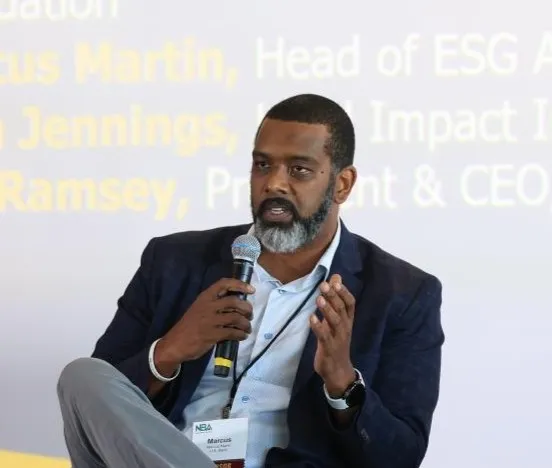
There's a constant focus by every part of the country in terms of our middle class, which we know, in America, is the backbone. But when we extend middle class into working class and extend it into some of the other challenges, environmental and social, it became apparent that the work that I've been doing closer to purely just focused on impact at scale, the Homium opportunity was a once in a lifetime opportunity. And I believe that it's a once in a lifetime product to really, not only bring the ownership economy back to the forefront, but I think, also [to] create better outcomes around the social contract that we have in our country.
What does Homium do and how do its products work?
Very simply speaking, Homium is a shared appreciation loan. And unlike any other shared appreciation loan that I'm aware of, we have a true one-to-one alignment with the interest and the equity of a home. Oftentimes you'll see shared appreciation loans, or other loan products that have a complicated repayment structure. And ultimately, the money you borrow, it's not necessarily equivalent to the money that you pay back, especially when it's tied to the house price of a home equity. Homium charges no interest as well, which is also another fascinating concept. So if you're an investor or sponsor in Homium, what you can look [forward] to is essentially an inflation-protected return, because the return for the lender, for [Homium] or for the sponsor investor who may participate in our programs is the underlying home appreciation.
So a simple example, for a $500,000 home, you need $50,000 [as a downpayment]. Homium will give you the $50,000, which gives you an opportunity to purchase the home. It could be for a host of reasons. Maybe you want to be below an 80% [loan-to-value ratio] or 90% LTV. It could be that you just don't have down payment whatsoever, which is quite often the challenge in the current environment.
But either way … if you borrowed $50,000 and the house is valued at $500,000 on closing, Homium would take a second lien position for 10% — the equivalent of the $50,000 which is 10% of the [asking price]. If you have a 30-year first mortgage, the Homium loan is matched in 30 years as well. The only time [Homium] gets repaid is when you sell or refinance your home. And then we're only taking the principal — so that $50,000 — plus, whatever [10% of] the equity upside is on that property is.
We're really, truly a silent investor that sits in a second position, and we're dependent on — ultimately, the variability — but the dependency is on home price appreciation. So it's a fascinating yield-inflation-protection product or investment.
What does that look like going forward?
When we think about Homium over time, these pools of equity loans — that are essentially purely a second position equity exposure — as you pool those loans, you're creating this large scale, potentially liquid pool that the pension funds and other traditional investors in the traditional capital markets would look to invest in.
The future really is the ability for large investment managers and pension funds to invest in basically institutional scale or institutional grade investments that really are based on single-family owner occupied real estate. And I think why that matters is it creates an opportunity for a whole host of private market investors to come in and participate, which is currently just a market where any home equity exposure at scale is mostly found in a lot of private equity or private credit portfolios, and they're all rental properties. So this would be the first institutional scale or institutional grade investment asset class — when it gets there — that will allow for even pension funds to invest in what is single family, owner-occupied real estate, without all of the complications and challenges around trying to do it in the current market. And really, all we've seen in the current market are pooled housing assets that are really just focused on rentals.
How do you avoid ultimately recreating some of those current pitfalls facing the rental market asset class and ensure continuity with Homium’s mission?
The protection is in the design of the product. So the product, or the loan itself, is truly just a loan to a homeowner. So Homium as the lender is never in a position to kick the homeowner out or do anything of any adverse action. Because we're not charging interest and we don't have a repayment period requirement, we will sit patiently until the borrower, the homeowner, refinances or sells.
So [this is] instead of this sort of model that we're used to right now in the marketplace, where those private investors go in and purchase the property. And we've seen many examples where the intentions at the beginning were good, where you have the right thought process, but then other realities or economic scenarios kick in, and because that's an investment group, they're obligated under their own fiduciary responsibilities to step in and do something. And that then puts the homeowner at risk.
Homium by construction does not interfere with the homeowners’ opportunities and their desires and decisions. We don't have a position in the capital stack of the home to even instigate anything of that nature that would put the homeowner at risk. We're simply single family owner-occupied loans that can be pooled because of technology.
If you were a pension fund, you'd be investing in a pool of silent investments without any authority, or, frankly, any liability, to that extent, around the exposure to the taxes. Because the homeowner continues to own the home and run the home and pay for the home as if they were the only investor involved or they were the only person involved.
This is where we see the opportunity to start looking at wealth creation, because it's very difficult, obviously, to build wealth for your family if you don't already have that entry point, which is the home.
How does Homium’s product work for weatherization or other environmental upgrades
Homeowners who are looking to unlock trapped equity for the purpose of a solar installation or weatherization, or many other reasons for whatever they may want to use it for. When we think about it in the lens of the environment, you're competing with a traditional [home equity line of credit] — which is typically higher than your first mortgage — or solar financing, which is even higher than that.
So when you start to model out the benefits, typically, underserved communities are the ones who lose when it's when there's an opportunity to improve the health inside the home, or to improve the weatherization, or the long term benefits of solar panels that will obviously reduce your monthly expenses and dependencies on certain phantom taxes like utility costs.
So when we think of Homium as a home equity loan — either on the front end for a purchase, middle of your ownership for improvements, or as an aging-in-place tool for the elderly — it is not limited in terms of what the use of proceeds could be for. Where the limitations come in is taking Homium in its current form and then partnering with the right sponsors and investors. Ultimately, that's where the power comes from because Homium, as a product, is able to fit and customize itself within a larger mission.
What we found pretty quickly is there’s a lot of opportunity on the environmental side, especially in communities of color. We understand that some of the properties are health impaired, and those are some critical retrofits that need to happen just for people's health. But then you move into the weatherization and solar and all the variety of home improvements that could occur, including accessory dwelling units.
As an unlock for equity, [Homium’s product] it can be used essentially for anything. The goal is to ensure that we're managing the outcomes according to the communities and the vendors in those communities who know them, and the sponsors who also have typically pretty sophisticated and well thought out impact missions.
What do your next six months look like as you get acclimated?
My goal in the next six months is to launch as many pilots and as many programs with sponsors and investors that's possible.
The technology is there. It's really a turnkey solution. We're able to deploy the lending technology and the loan origination systems and things that we have built proprietarily, those are all live.
We do have some pilot activity running in Colorado right now, so we know that the plumbing works. I came on as quickly as possible to ensure that the first half of 2025 for us, hopefully looks like as many pilots and programs around the country as possible. And really the only thing that limits that is making sure that the impact matchmaking between those who would want to sponsor programs and the design of those programs really align with the needs of the community.








